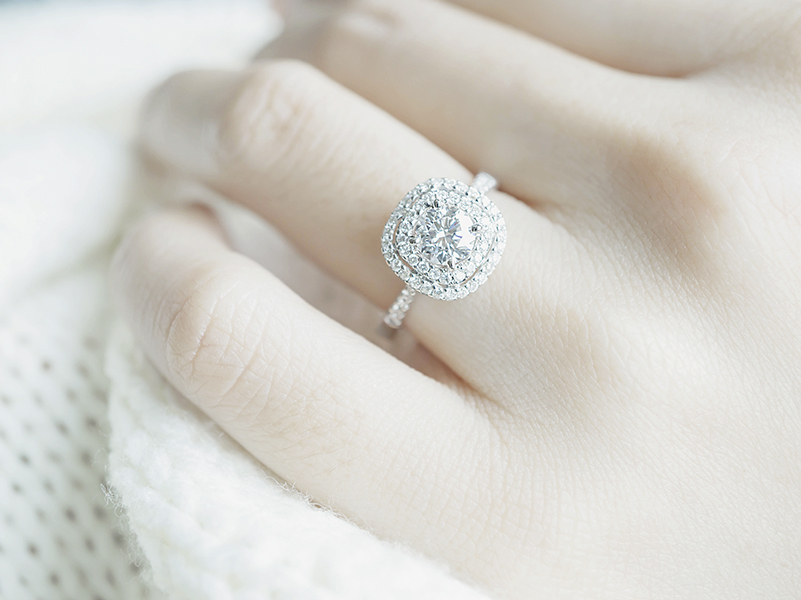By Indra Jhaveri of
AMI Diamonds and Jewelry
Purchasing jewelry can be a scary experience for many people. Understanding the difference between “mass produced” pieces and custom designs is important. When you are ready to move from the assembly line jewelry to a piece of art passed down through the generations, there are some important steps to understand.
First, shop around and find a professional jeweler who you not only trust, but you feel the pieces he or she has created in the past fit your personality. Remember, this jeweler is an artist and his or her style should be a fit for what you are envisioning. Once you have found your jeweler, take the time to discuss your ideas and make sure he/she can turn your idea into a reality. If you are stuck on where to start, most will have samples, books and other materials to help get you going. From there, your jeweler will sketch or create a design on a computer. This is an important step in not only making sure you like the design but in confirming that your idea is truly feasible.
Now that you have your design, what materials will you choose? 10k, 14k, 18k? Yellow gold, white gold, silver or platinum? Diamonds, semi-precious stones and more are all options you have to explore. Make sure not to just follow the current trends. This is about you and what you will love for years to come.
Once these decisions are clear, it is time for the next step…bringing your design to life. For hundreds of years, bench masters have been carving jewelry from wax not only for casting purposes, but to show you a rough form of what your end piece will look like. In today’s high-tech age, many jewelers prepare CAD designs (Computer Assisted Design) that allow you to see a virtual 3D picture of your piece prior to sending it to a computer assisted casting. Now is the time to ask for any feasible minor changes. Communication is key. If it is not what you envisioned, let your jeweler know and be prepared to go back to the drawing board.
From here, a Casting Professional pours molten metals to replace the wax, creating the rough product. Your future heirloom is now in the finishing stages where diamonds or gems (depending on your design) are set and the piece is polished to perfection.
A new addition to purchasing any jewelry is the addition of Synthetic Diamonds. Possessing the same physical and chemical properties of natural diamonds, it is easy to mistake them for natural diamonds.
There are currently two types of synthetic diamonds HPHT (High Pressure High Temperature) and CVD (Chemical Vapor Deposition). In HPHT, high pressure is generated inside a machine causing powder made from real, natural diamonds to dissolve and crystallize inside a capsule forming a new synthetic diamond crystal. CVD is where manufacturers break down molecules of carbon containing the gas with the resulting carbon atoms turning into crystals over several weeks.
Both processes are able to create bigger diamonds with a savings of 30-40% to the end consumer. While very similar in make up to a natural diamond and typically indistinguishable to the naked eye, there are differences. Highly sophisticated equipment which many GIA (Gemological Institute of America) certified jewelers possess can help detect these differences. Larger size diamonds (e.g. 1/2 carat or larger) typically have laser inscriptions on the girdle to identify them as synthetic from a manufacturer. Jewelers who carry synthetic diamonds have ethical and legal responsibilities to inform their customers.
For more information, contact Indra Jhaveri at [email protected], 602-432-2920 or 602-923-8200 or visit their website at www.amidiamondsandjewelry.com





